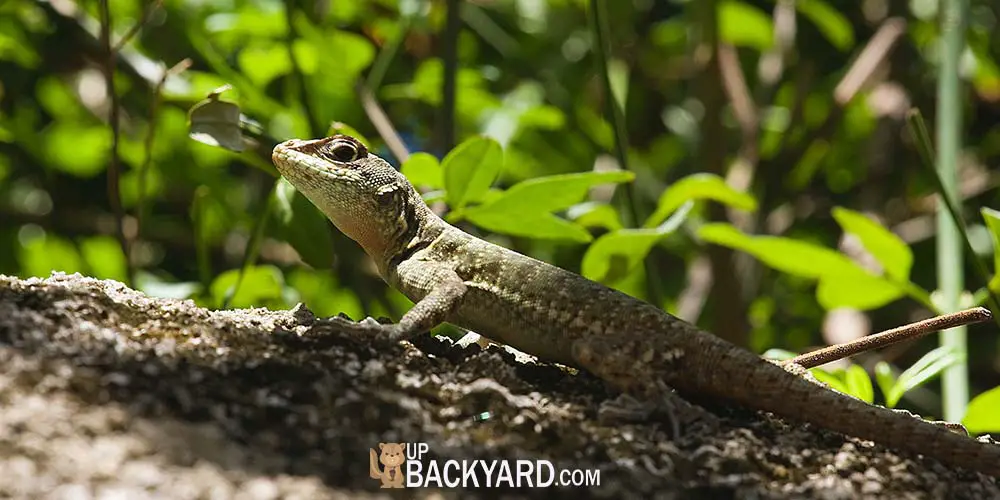The presence of lizards in the present world is everywhere. Your backyard could be one of the best habitats for various lizards – the survival of lizards varies from one kind to another.
Regarding escaping predators, some lizards are excellent at transforming their color to look like the soil around them. The color transformation is a great advantage because they do not show up clearly to their predators. Some lizards can run quickly and jump far away from their predators.
What Do Backyard Lizards Eat?
Some lizards are herbivores (such as Rhinoceros iguana, Green iguana, Uromastyx) when it comes to eating; they eat fruits, vegetables, plants, and leaves. Some of them prefer eating plants because it is easier for them to digest than meat. In addition, plant foods are also readily available in most places where these lizards live.
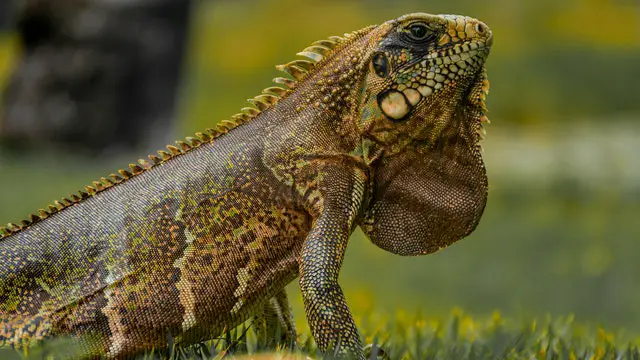
Some lizards have developed a taste for meat, but this is very rare. They are called carnivores. Some of them known to be feeding on meat include blue-tongued skinks, bearded dragons, and crested geckos. They have a taste for insects, while others feed on small rodents.
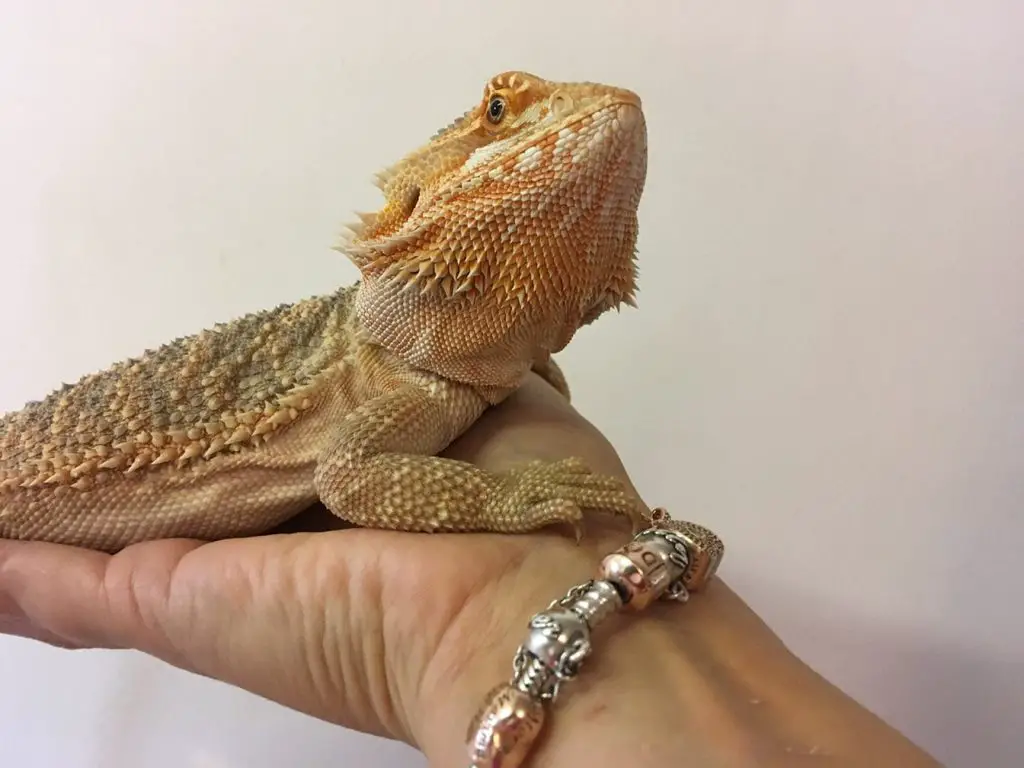
Besides, the lizards that feed on insects are called insectivores (such as Leopard Gecko, Anoles, House Gecko). They eat their prey by biting them with their sharp teeth and then swallowing them whole. Most of the time, they will bury the prey to prevent other animals from stealing their food.
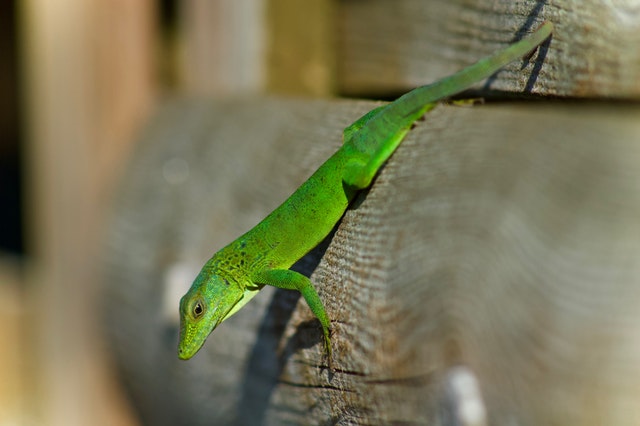
Here are the food lists classified by Lizard species:
Best food options for herbivores species:
Fruits
- Bananas
- Grapes
- Papayas
- Honeydew melon
- Cantaloupe
- Bananas
- Kiwi
- Blueberries
- Raspberries
- Strawberries
- Pears
Vegetables
- Kale
- Peas
- Dandelion greens
- Carrots
- Squash
- Tomatoes
- Sweet potatoes
- Yams
- Spinach
- Romaine lettuce
Best food options for carnivore species:
- Small animals
- Eggs
- Insects
- Baby snakes, etc.
Best food options for insectivores species:
- Flies
- Crickets
- Grasshoppers
- Moths
- Roaches
- Mealworms
- Spiders, etc.
The majority of the lizards are known to be diurnal or active during the day; however, some species are nocturnal and become active at night. Some of the species which are nocturnal include geckos and skinks.
Attracting Lizards To Your Backyard
There are various ways to attract lizards to your backyards, such as by creating an environment where they can hide from predators and a place where they can get food easily.
Plants, also a meal to some Lizards, are key when attracting Lizards to the backyard. They provide excellent habitat for the lizards, and many of them are tasty.
If you have a pond, it is a great idea to add some fish to it. The Lizards love to eat them, and they will also give some nutrients to the lizards. Plants are an excellent way to attract the Lizards into your backyard.
The first step before attracting a lizard is getting to know the dominant species in the area. Considering the dominant species is the first thing you should do because some species are not friendly and would rather eat you alive than enjoy your company. The best way to get to know which lizards are in the area is by using a simple process of elimination.
Comfortable Environment For Backyard Lizards
To attract Lizards, you will need to create an environment where they can feel comfortable. The first thing you need to do is make sure that there are no chemicals or poisons in your garden.
The lizards will be very sensitive to these, and you will kill them all instead of attracting them into your backyard. It would be best to make sure that the plants in the garden were not sprayed with too many chemicals.
The next step is planting various plants in your garden that serve as food for the lizards. Some examples include cacti, roses, and other flowering plants that have been known to attract Lizards. Some species, such as tree frogs, also love eating cacti, so if you have any cacti in the garden, make sure you keep a close eye on them.
As you can see, lizards are not as dangerous or scary as they may seem. They will be able to help your garden grow and make it look a lot better than it is right now.
So, if you ever see one near your garden or house, don’t be afraid to give them a chance. As a farm owner, you also need to avoid weed killers that are harmful to lizards.
Advantages of Insectivorous Lizards To The Backyard
If you are looking for a way to keep your garden neat, you may want to consider getting a lizard. They are known to help keep fleas and other pests at bay, which will make it easier for your garden to flourish.
However, if you have pets in the house, such as dogs or cats, you need to ensure that you do not let them near the lizards. Lizards are very fragile animals and can easily be hurt if they get trampled on.
If you grow vegetables in your backyard and would like some pest control without using harmful chemicals or pesticides, then lizards may be the answer to your problem. They will help keep pests away and allow you to grow healthy vegetables at home.
You may even want to consider keeping a couple of lizards in your house, such as the leopard gecko, instead of cats or dogs. Lizards don’t bark or shed, and they are much easier to take care of than dogs or cats.
How Lizards Find Their Prey?
The lizards have been nurtured in various ways. Depending on the nature of food that a given lizard feeds on, they develop particular mechanisms for locating and acquiring their meals.
The major classification of lizards may either be herbivores or carnivores. The body size, available prey items, and habitat are critical in discerning the nature of food for the lizard.
As a general rule, the herbivorous lizards are larger in body size compared to the predatory types. The body is prompted to be large because they require more energy to digest the plant foods that they feed.
These herbivores have developed various physical features that aid them in finding and eating their food items. Slow-moving species like leopard gecko often have long and strong claws that allow them to dig into the soil easily and also help them to hold onto their prey.
Frog-Eyed Lizards in Finding Their Prey
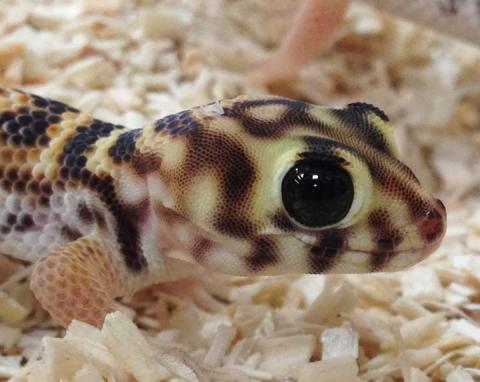
The frog-eyed lizards have a pair of eyes at the tip of their snout, which helps them locate prey items from afar. They can also move very fast during hunting and can jump on top of trees easily, allowing them a good view of their surroundings.
Other lizards like skinks move slowly but very stealthily near bushes and grasses, foraging for worms, insects, and other small invertebrates that may be hiding in the foliage.
The Gila monster has developed a long prehensile tongue, which allows it to catch its prey easily. The tongue is also covered with tiny barbs that help hold onto the prey items.
Predatory Lizards in Finding Their Prey
The predatory lizard species have developed different physical features than their herbivorous counterparts. The carnivores are typically small and have strong jaws and sharp teeth to tear through their prey. This group of lizards includes the monitor lizards, chameleons, geckos, skinks, and iguanas.
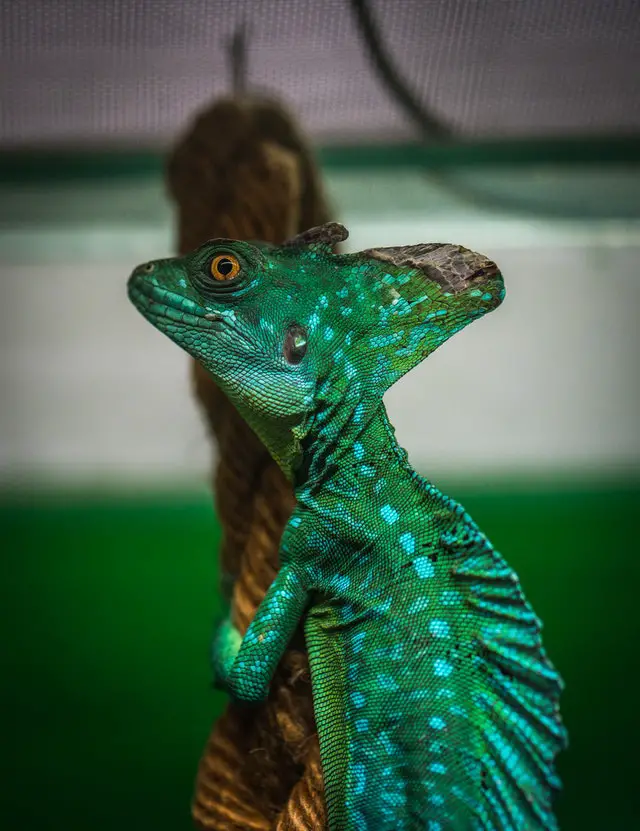
Monitor lizards have a long body shape with powerful legs and claws to help them move easily on land or water. They also have rough scales that give them an armor-like appearance, protecting them from predators or any other dangers they may encounter while hunting for food.
These reptiles are fast-moving and can catch their prey within moments of spotting it from far away. Monitor lizards generally feed on insects like crickets, grasshoppers, small mammals and reptiles.
Chameleons are the most recognized lizards, thanks to their incredible ability to change their color. They have a long body with large eyes and an extremely long tongue to catch insects.
They can also be found in different habitats like forests and deserts. These lizards typically feed on small insects like crickets, flies, mosquitoes, spiders, and other small invertebrates.
Nocturnal Lizards in Finding Their Prey
Geckos are nocturnal reptiles that hunt at night for food, such as insects, crickets, and even smaller geckos. Geckos have sticky pads on their toes that help them stick onto the walls or any other surface they may be climbing on during their hunts.
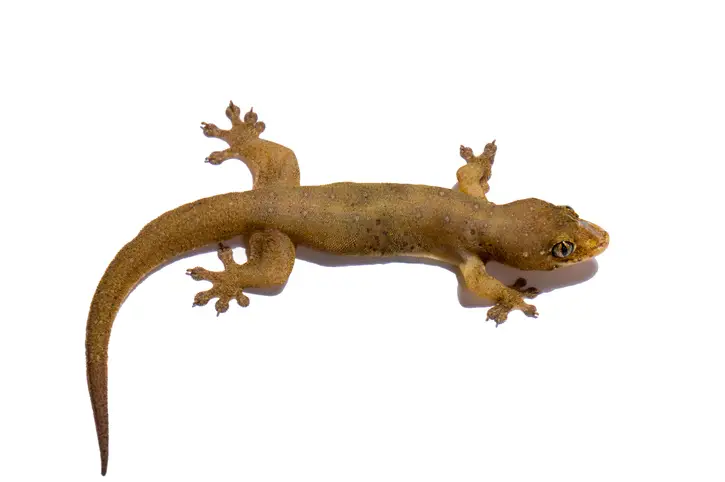
They can also change their color from bright white to brown or even greenish-grey depending on the environment they are in or what time of day it is. However, some species may have a patterned appearance instead of a solid color.
Having a Lizard for a Pet
Lizards are the perfect pet for children as they are usually not very demanding, easy to care for, and hardy. However, there are a few things you will need to know before you get one.
(1) Lizards need a large tank for them to run around in and climb on. These lizards need to be able to stretch out and have room for their tail and legs.
(2) These lizards eat live insects like crickets, mealworms, and super worms. These insects can be purchased from pet stores, or you can buy them online. If you decide to buy your lizard’s live food, make sure the insects are not too big as they could hurt your lizard if they were to bite it while trying to eat it.
(3) These reptiles will shed their skin at least once a month or so during the shedding period. You will need to make sure you provide your lizard with enough calcium as this is when its appetite may increase. You will also provide it with an area where it can get light to shed its skin without being bothered by light from a lamp or anything else.
(4) These lizards are very active during the daytime and need a cool and dark place to sleep at night. They also like to climb around, so you will want to provide them with a place where they can go up and down easily. You will also want to provide it with something to climb on, such as branches or rocks.
(5) These lizards do not like being handled as much as other reptiles. If you handle your lizard too much, you could injure it if it bites you or tries to escape from you to avoid getting hurt.
Final Thoughts
Backyard Lizards are very interesting creatures, and it’s always interesting to observe them. However, you should be cautious and ensure that you provide them with the proper conditions to live.
You will not want to keep your lizard in a small area as this could result in its death if it is not given enough room to survive.
Also, be careful when dealing with items that may scare them away. However, if the lizards present a danger to your life, you should consider keeping them in a different area.
